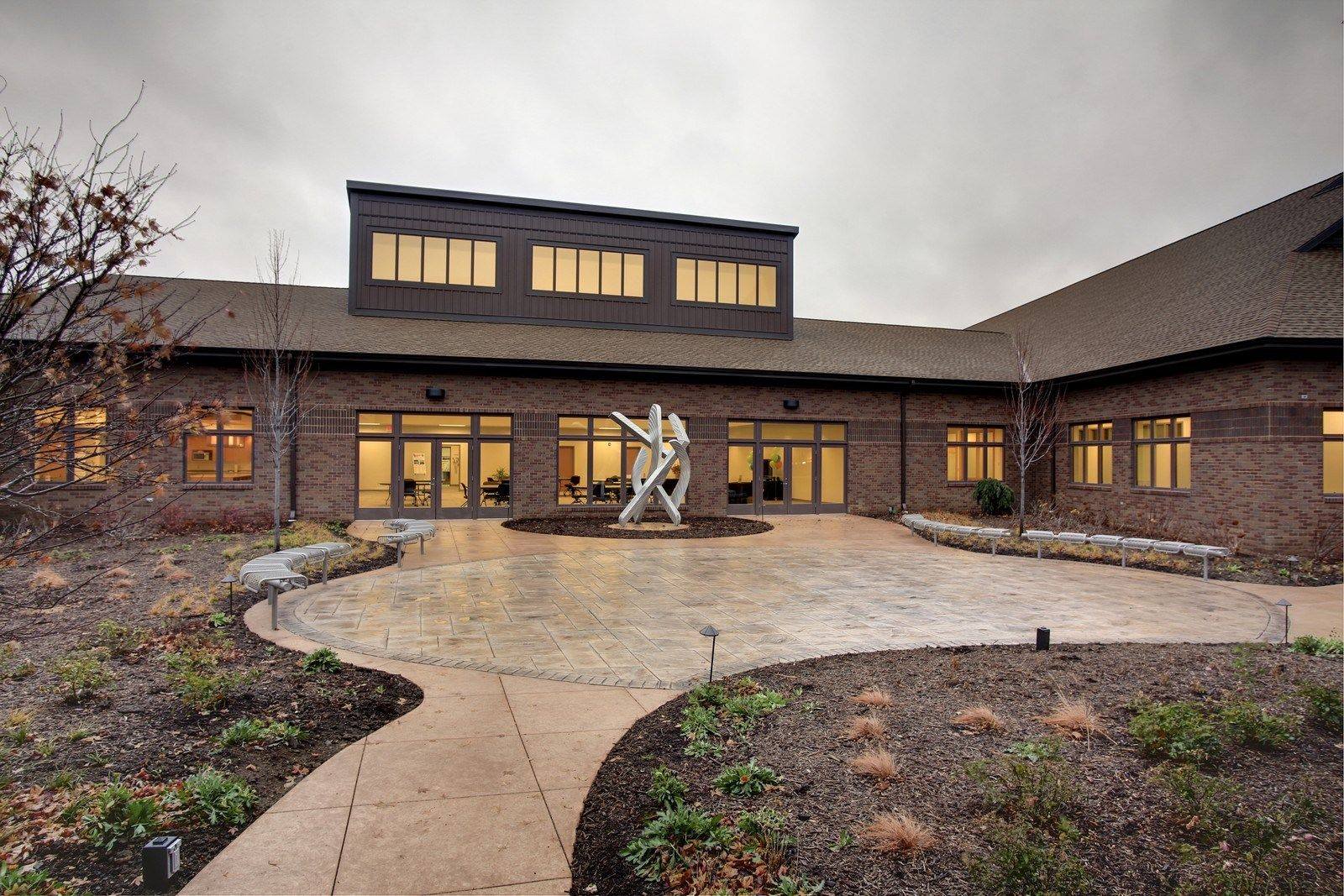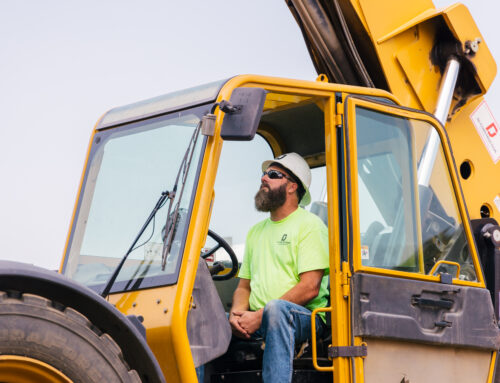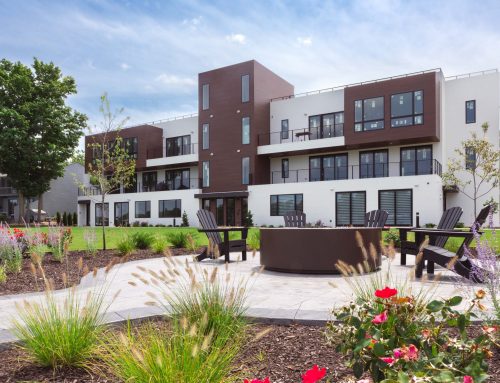The Art of Sustainable Construction: Exploring Green Building Practices
Sustainable construction, often referred to as green building, has rapidly evolved from a niche trend to a mainstream practice in the construction industry. This transformation reflects a growing awareness of the impact of buildings on the environment and a commitment to responsible, eco-friendly construction methods. In this blog, we delve into the art of sustainable construction, exploring the latest trends, technologies, and best practices that are shaping the industry.
- Eco-Friendly Materials
One of the cornerstones of sustainable construction is the use of eco-friendly materials. These materials are sourced and produced with minimal environmental impact. Examples include reclaimed wood, recycled steel, and low-VOC (volatile organic compound) paints. Incorporating these materials not only reduces environmental harm but also promotes healthier indoor air quality.
- Energy-Efficient Designs
Energy efficiency is a fundamental aspect of sustainable construction. Modern designs emphasize natural lighting, passive heating and cooling, and efficient insulation. Smart building technologies, such as energy-efficient HVAC systems and lighting, help reduce energy consumption and lower long-term operating costs.
- Green Building Certifications
Green building certifications, like LEED (Leadership in Energy and Environmental Design), provide standardized benchmarks for sustainable construction. Projects that achieve certification are recognized for their commitment to environmental responsibility. These certifications encourage sustainable practices in construction.
- Solar Power and Renewable Energy
Harnessing renewable energy sources, particularly solar power, is a hallmark of sustainable construction. Solar panels and other renewable energy systems can significantly reduce a building’s reliance on non-renewable energy sources. This not only lowers energy bills but also reduces carbon emissions.
- Water Efficiency
Water conservation is another vital aspect of sustainable construction. Low-flow plumbing fixtures, rainwater harvesting systems, and efficient irrigation technologies help reduce water consumption. These practices contribute to water conservation and can lead to significant cost savings.
- Waste Reduction and Recycling
Minimizing construction waste and promoting recycling are key principles of sustainability. Construction projects generate substantial waste, but sustainable practices aim to divert materials from landfills through recycling and repurposing.
- Green Roofing and Urban Green Spaces
Green roofing, where vegetation is planted on building rooftops, offers numerous benefits. It helps reduce the urban heat island effect, provides natural insulation, and improves air quality. Incorporating green spaces into urban environments contributes to a healthier, more sustainable community.
- Design-Build Approach to Sustainability
For clients interested in green building, the design-build approach can be a valuable asset. Design-build integrates the design and construction phases, allowing for seamless collaboration between architects, engineers, and construction professionals. This approach facilitates early discussions about sustainable features, ensuring that eco-friendly strategies are incorporated from the project’s inception.
Conclusion
Sustainable construction is not merely a trend; it’s a commitment to a greener, more sustainable future. As awareness of environmental responsibility grows, so too does the importance of green building practices. Whether it’s utilizing eco-friendly materials, optimizing energy efficiency, or achieving green building certifications, sustainable construction is changing the way we build.
At DJ Construction, we understand the significance of sustainable construction. Our design-build approach accommodates clients who prioritize green building practices, ensuring that eco-friendly strategies are seamlessly integrated into every project. By embracing the art of sustainable construction, we collectively contribute to a brighter, more sustainable world.





